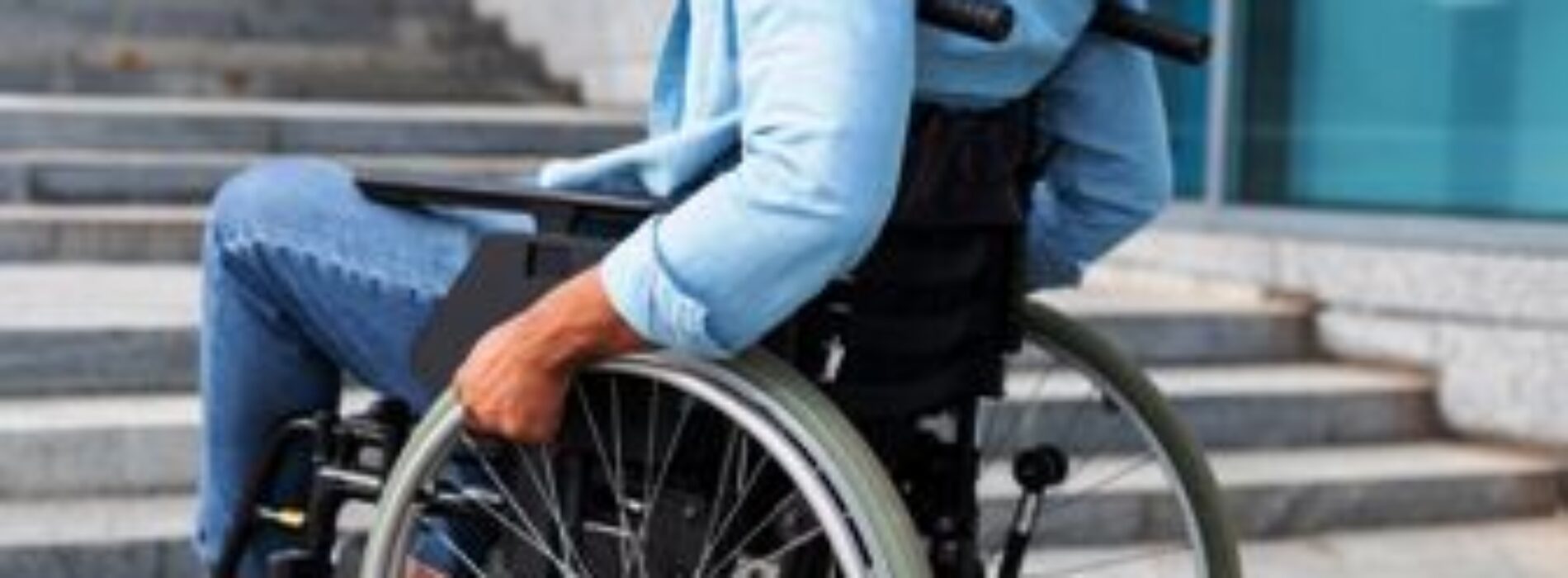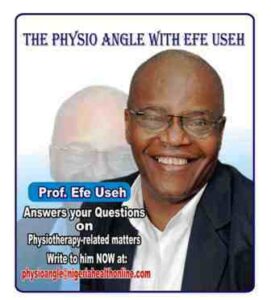Am I wheel Chair bound?
-
Not really … could be spondylosis … you need thorough assessment and treatment
I’m a civil servant male in Ondo State. For some time now, I’ve been experiencing waist pain but it was not serious enough at first for me to consider medical treatment.
Initially, I thought doing about 10 to 15 press ups would resolve it but this has not worked. However the situation has changed in the last couple of months and I am scared. Now, I always experience a painful sensation radiating from my waist down to my thighs every morning. I also feel the sensation on my buttocks and sometimes I find I’m not able to walk properly, especially when I just wake up in the morning until I’ve dragged myself around for some time.
I’m worried because my late aunt used to complain of such a sensation and later became crippled after some time. I don’t know the medical term for this condition but such painful sensation is often referred to in Yoruba language as “pajapaja”. I believe you are a Nigerian so you should know about this.
Prof, am I wheelchair bound? I’m only 42.
Dear Wole,
Yes, I know and have heard of “pajapaja” used severally to describe the feeling of numbness and occasional paraesthesia. You most likely have lumbar spondylosis. This is the temporary feeling of pins and needle sensation around the feet. This seldom results from pressure on the nerves that supply the affected foot. The pressure is often remote to the area where this is felt. It could be felt at the low back or the joint of the ilium and sacrum. This is common with a person whose job entails long sitting hours. I am sure as a civil servant you most likely sit for about 6 to 7 hours at your desk daily.
I will suggest that you see a physiotherapist urgently for a thorough evaluation of your spine. You might be referred for an X-ray of the spine to confirm the diagnosis of spinal pathology. I am very concerned that the situation has worsened with “push-ups”. The spinal problem could be around your lumbosacral (lower lumbar and whole sacral bones on the vertebral column). It is also possible that the problem might be around the sacrum and ilium (sacroiliac joint). Other structures of the back might be implicated, hence my suggestion for you to visit the nearest public physiotherapy department for evaluation.
Yes, exercises could be of immense benefit if applied properly. In the same vein, exercises could be hazardous if not properly implemented. The type of exercise is also dependent on the nature and cause of back pain. Wole, there are several causes of low back pain. These range from wear and tear of the bones resulting from arthritis, or reduced bone density to cancer of the bone. The most common complaint of back pain is the one we all refer to as a “slipped disc.” The truth is, our discs don’t slip but they burst because of weaknesses of the fibers that should hold the natural cushion between the vertebral bone in place. As we age, these fibers become weak and could tear or burst. There are so many structures that can also cause pain around the waistline. The joint around the dimples of the waistline is one such example. When there is a problem around the dimples, the individual is neither able to walk nor stand. You might be experiencing such symptoms and therefore might need to seek attention. Having said that though, most people have at different times used back pain for malingering and an unjust reason not to want to perform certain tasks. There might be a reason to see a psychologist at a stage.
Muscle strains are the most frequent cause of back pain. The most common are those that affect the lumbar (low-back) muscle, caused by stretching and bending in abnormal ways that make the ligaments stretch or tear. The pain can be acute or build up over time and become debilitating. If indeed you have muscle strain, please go to the nearest physiotherapy practice for a thorough assessment and treatment. You will also be taught how to manage your postures in sitting, lying, and walking.
Staying active with medication and alternating hot and cold treatments can help with long-term relief and management.
The other possible cause of back pain is overweight. Wole, you are 42 and if you are overweight, you may occasionally suffer from back pain. Researchers and clinicians have always warned about the effect of weight and height on spinal load, weight have a stronger effect than height in most cases. Obesity brings with it a greater risk of back pain, specifically in the lower back, for so many people. Carrying excess weight in the abdomen and pelvis is most problematic because it shifts the pelvis forward, placing excess strain on the lower back. To treat this, it is recommended that you commence a weight loss programme. I recommend that you see a physiotherapist for an assessment and a prescription for an appropriate exercise programme and not just push up.
Back pain is also common in the young population. Poor sitting and standing postures are known to cause back pain in the younger population. The way we lift and carry bags could also lead to back pain.
If you are managed early, you could lead a normal life.
Best of luck.







0 Comments
No Comments Yet!
You can be first to comment this post!